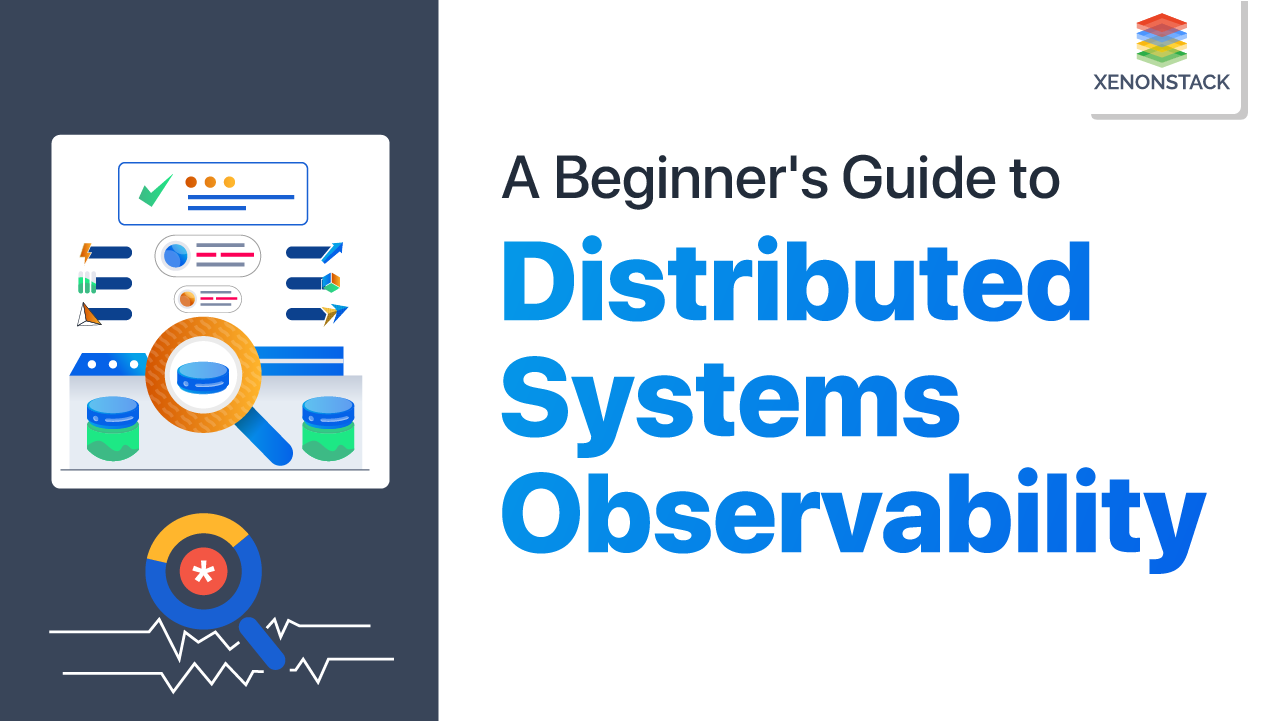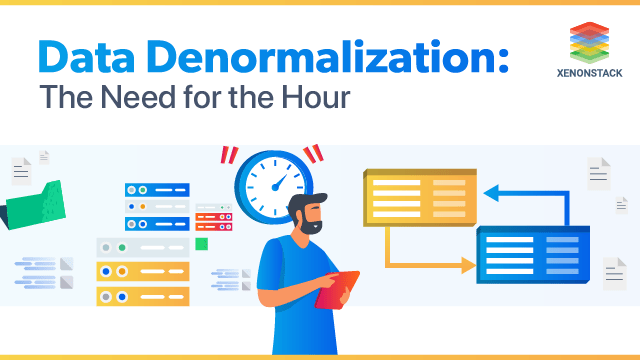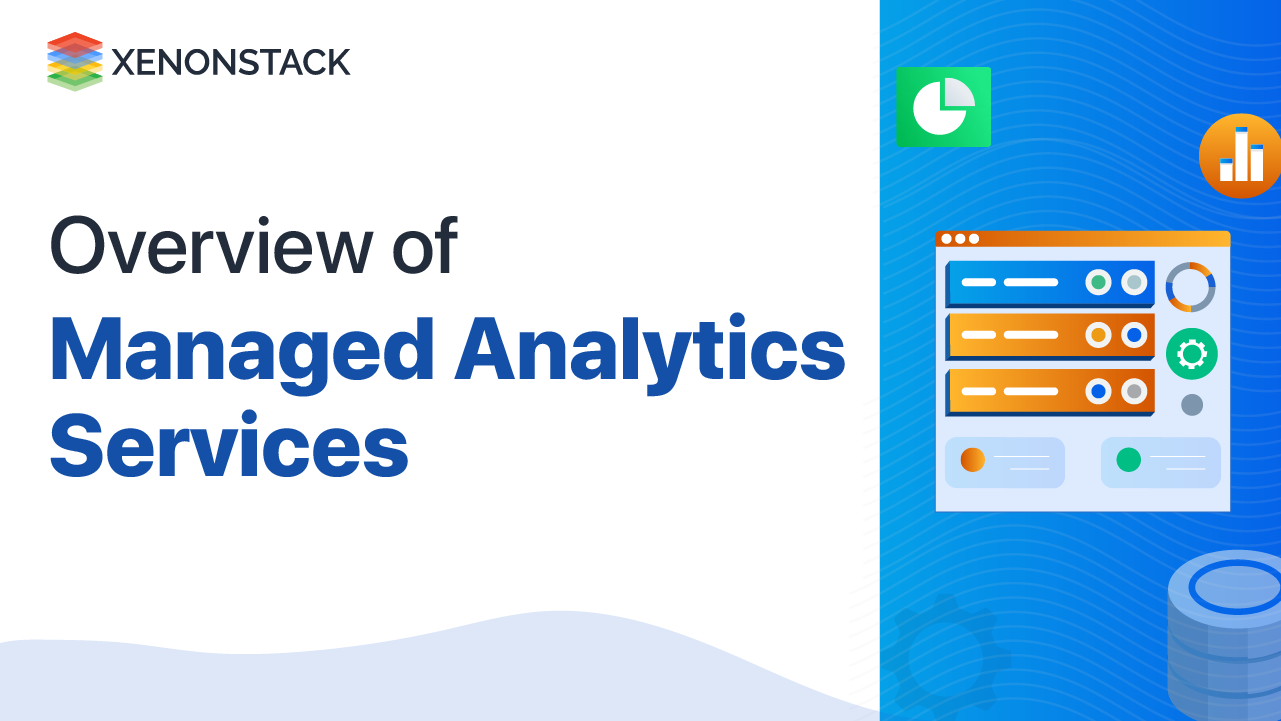
Overview of Time Series Databases
A time-series database is usually used to deal with time-stamped or time-series data. It is also often considered a series of data studied over time. Time-stamped data would be any information collected over some time. For example, this could be any data, application performance monitoring, stock market trade records, book rental details from an old library, or an application's version management repository.
Time series data is a set of values organized by time-series which include sensor data, stock prices, click stream information and application telemetry. Source: Time Series -Azure
However, a time series is built to handle time-stamped events and metrics. A time series database holds history with a finance application, but it has proved significant when managing real-time and historical data. The main difference between a time series and a normal database is that the queries are always made over time in a time series and not on average values. When plotted on a graph, a time series always has time as one axis.
Why is Time Series DB important?
This question arises because we already have very efficient working DB models. However, the present technological market is transforming into a much more curious consumer of information. The data previously used to visualize the results are now used to learn, respond, and predict future outcomes. To overcome the chances of loss and reduce hardware downtime, we must keep a timely record of how the system responds to the change.
This timely record is maintained over a time series of data. Working on such data often requires a specialized approach. This proposed a database that can adapt to dynamically changing information with dynamic schemas. It was also required to be elastically scalable and consistent as the volume grows with time. RDBMS has served many demands well but was designed for entirely different information kinds. This made using specialized time series databases popular and acceptable over RDBMS for time series data.
From Reactive to Proactive
For a long time, time series DBs have been used as a reactive system to analyze and visualize current trends. This approach focused on working with data from the past and had no contribution to future developments. However, as man's desire to predict and indulge in the future became more prominent, a significant change in how the data is processed came along.
The best solution was the time-series database, which can proactively respond to the time-series data. New businesses need a proactive approach to their real-time predictive actions. Reactive business approaches fail badly due to the current business requirement of reacting before a situation becomes a crisis source. Adopting time-series databases for a proactive approach is necessary for upcoming business opportunities.
What makes the Time series database different?
A Time-series DB is unique in its way of interacting with the data. Time series data are collected over time, which makes them highly voluminous sometimes. A time series specially designed to work with such data has a much better and faster approach to handling such data. However, the storage and retrieval of this would have been a problem for the RDB. Many propose using relational databases instead of these specialized ones, which would seem useless for information other than the time series data. However, this would always need a parent table in the relational database describing the natural keys and a reference key, usually smaller, to refer back to the natural keys. Whereas an optimized time series does the same task, there is no need for reference keys or surrogate keys.
Time series database vs Relational databases
-
Time series databases make storage and computation much cheaper, but they don't offer solutions unavailable on the market. The relational database has served the market well for a long time and can continue to do so. However, when the data started growing horizontally rather than vertically, handling RDBMS became a new pain.
-
Modern time series provide good performance and are scalable.
-
RDBMS provides intelligent business handling solutions
-
Working on historical data with RDBMS has always been an issue as they are hard to scale. For that account, it is common to switch to horizontally scalable systems.
-
Working on data with many entities to consider (vertical data) is troublesome with the time series DB. Even with a high cost and higher storage cost, most companies choose RDBMS in this case.
Both time series and relational DB have their own testified use cases and workforces. Both can perform each kind of computation only in some circumstances; one is useful, while others are beneficial.
Real-time Analytics and Time-Series Databases
Real-time analytics is using the information as it is made available. The response time is always the main and key axis for the analysis. Time-series databases, however, manage Real-time analysis. It came into existence to understand and maintain rapidly increasing internet traffic demands. With the increasing inaccessibility of the internet, there came a huge rise in the number of unstructured data points on the network.
With millions of users came data on their usage and search demands. This data accumulated with time, and there was no stopping it. It expanded exponentially, both horizontally and vertically, so much so that managing traditional DBs became a huge challenge. Time-series DBs gave the scalability and adaptability to adjust to the users' highly increasing demands. This is now used for time-stamped data and has been behind many tech giants' success stories for decades.
Time Series DBs as a Stream Processing Solution
Stream processing queries data continuously as they stream in from the input source. Stream processing makes real-time analysis possible by unifying applications with analysis. Time-series DBs are also capable of processing streaming data, unlike traditional DBs. They can manage huge volumes of data, detect anomalies for a particular time, and simultaneously analyse workloads from multiple streams. Stream processing helps get insights in a much faster time frame than other solutions. Many present businesses are completely based on time series stream processing, which cannot be performed singularly by any other DB. We would need to club multiple technologies to work as one to process a time series database with any other DBs.
Time-series DBs are great for horizontally scaling organizations but are often discouraged when they scale vertically. Real-time analytics have organizations with applications that use time-series DBs as their backbone. Most of the time, series DB customers span over IoT monitoring, DevOps monitoring, and real-time analytics and visualization. Streaming real-time information using time series databases lowers real-time analytics costs and increases overall efficiency.
- Explore more about Top Real-Time Analytics Use Cases
- Read about Real Time Analytics Architecture
- Learn More Real-Time Video Streaming Applications
Next Steps in Time-Series Databases
Explore how Time-series Databases are transforming Real-Time Analytics by providing insights into operations and enhancing decision-making. Discover the next steps in using these databases to optimize real estate investment strategies and improve responsiveness.


